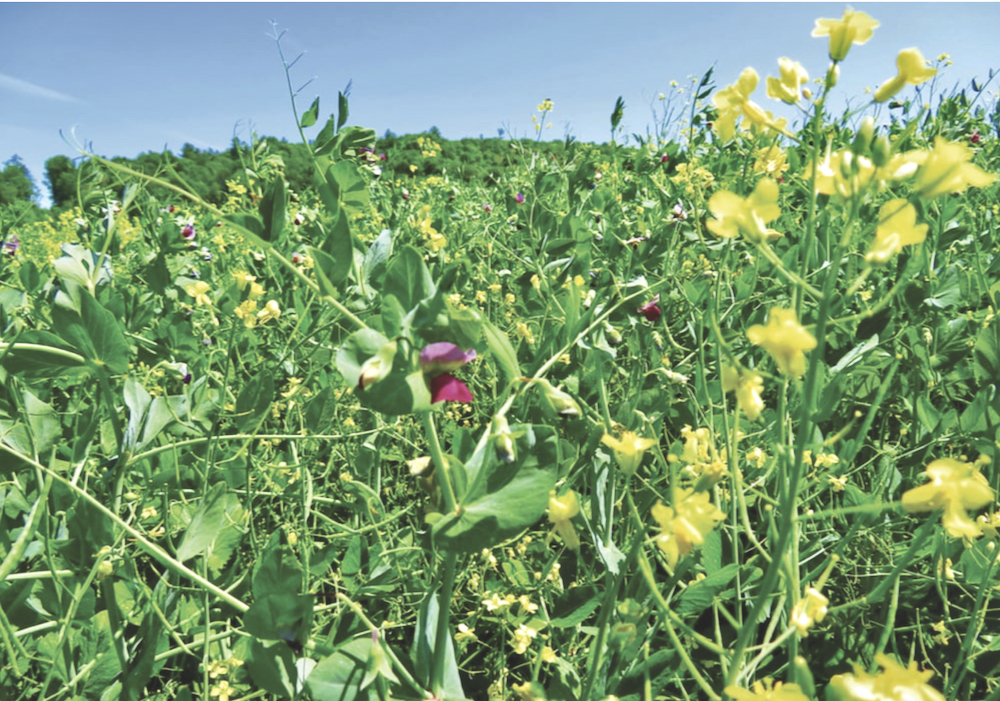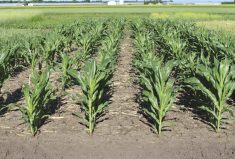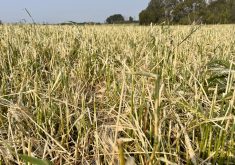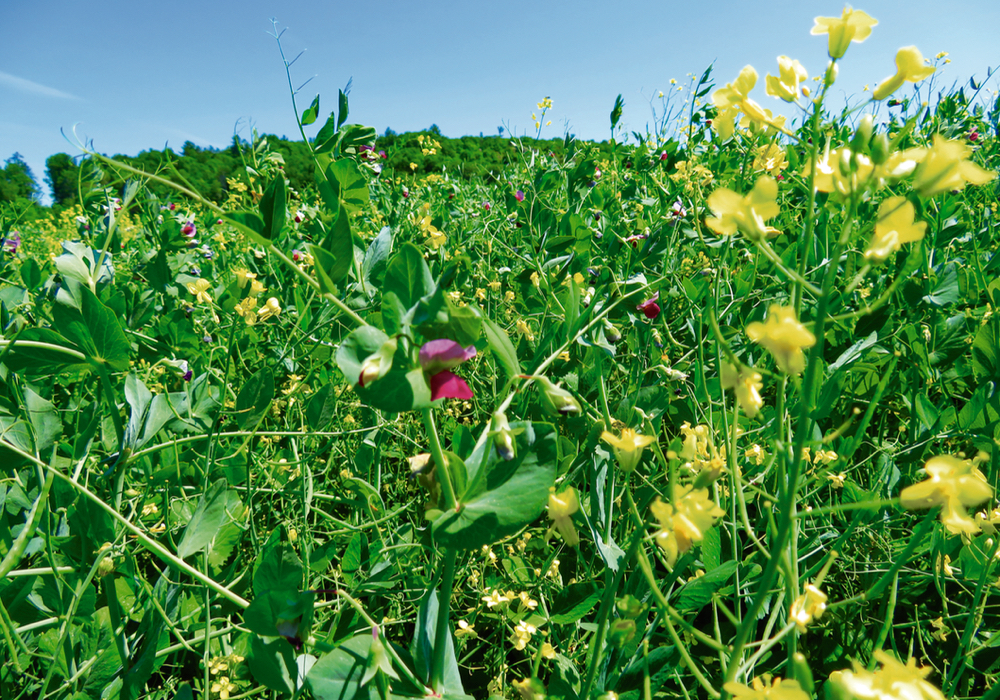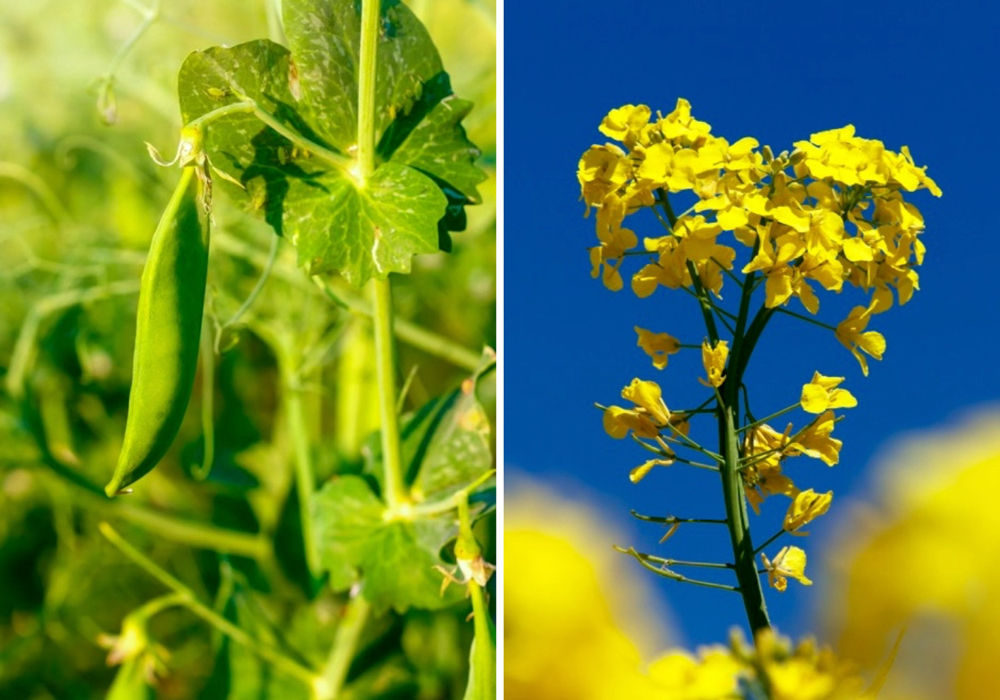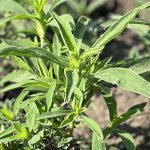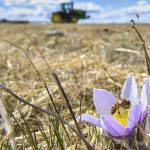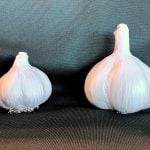At South East Research Farm in Redvers, Sask., research manager Lana Shaw is constantly cooking up new intercrop combinations.
It’s a matter of great interest to the growing numbers of farmers who have adopted the practice. In 2019 there were about 70,000 intercropped acres documented by Saskatchewan Crop Insurance Corporation (SCIC). In 2021, just 25,000 acres were reported (most of those pea/canola). But there are undoubtedly more. Shaw says many farmers do not carry insurance on their intercrop acres, which means they are not captured by statistics.
Currently, the only insurance available for intercrops in the province comes via SCIC’s Grain Diversification option. But according to SCIC, only 30 per cent of a farmer’s total acres can be grown in that category. Farmers are only in a claim position with their intercrops if they’re in a claim position with their monocropped grain acres.
Read Also
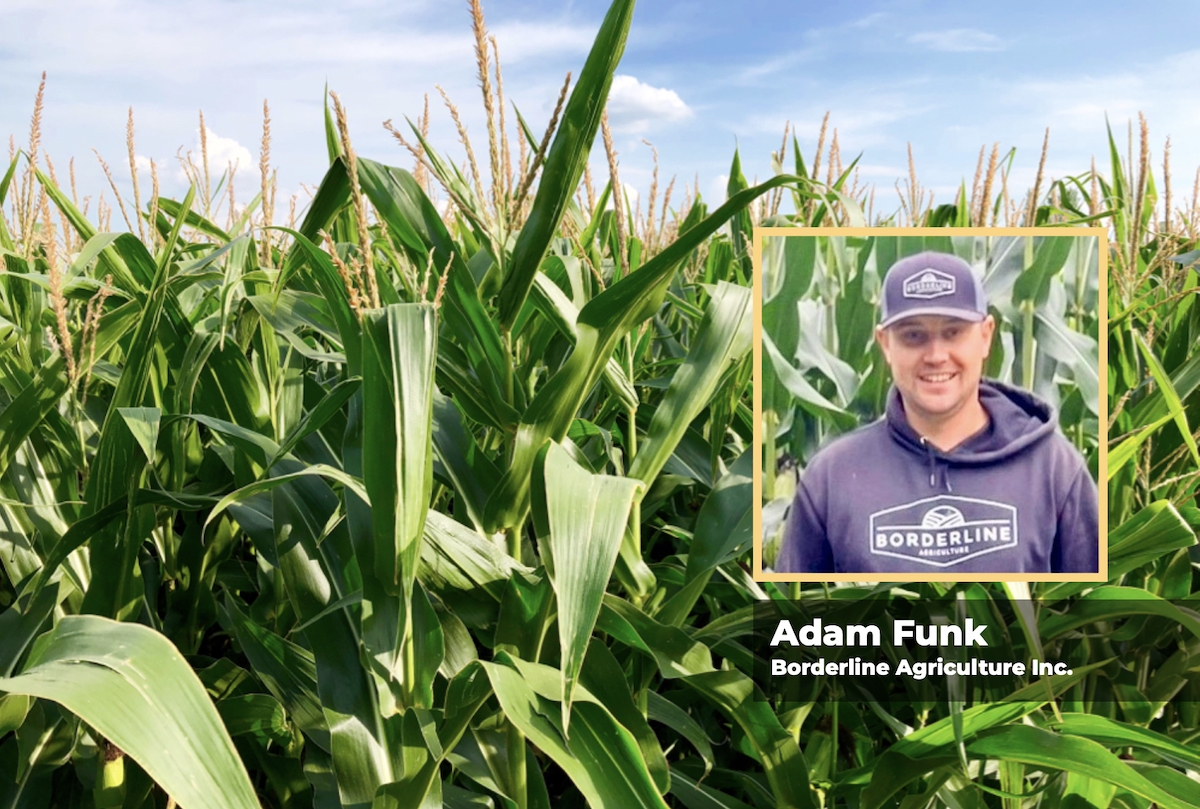
Agronomists share tips for evaluating new crop products and tech: Pt. 3
With new products, new production practices and new technology converging on the agriculture industry at a frenetic pace in recent…
For many farmers, particularly those required to hold insurance to qualify for the federal cash advance program, the lack of insurance is “a significant obstacle,” says Shaw.
But as the data continue to roll in, insurance options are set to expand. SCIC is in the process of developing other potential insurance options for grain intercrops, according to a spokesperson. SCIC has conducted consultations on potential insurance options, including with a group of Saskatchewan intercrop producers.
Several insurance options SCIC is considering include weather derivative programs in which insurance is based on weather parameters, and yield-based programs, which would require detailed information on the respective expected yields of each crop in the mix.
SCIC is currently recruiting producers to participate in its intercrop monitoring programs, to collect information on seeding rates, yields and other agronomic variables, the spokesperson says.
But Shaw says for many farmers, intercrops offer their own form of insurance: if one crop underperforms, the other tends to compensate.
SERF is directed and managed by producers; it shares results with partners ranging from commodity and industry groups to the Saskatchewan Ministry of Agriculture, Agriculture and Agri-Food Canada, but its goal is to bring results to farmers in the area.
These are SERF’s current intercrop trials:
Chickpea/flax
The chickpea/flax trial began in 2019, took a hiatus during the pandemic in 2020, continued in 2021 and wrapped in 2022. Shaw expects to release the data during the winter.
This trial looked at the effects on yield of adding flax to chickpea in various amounts compared to monocropped chickpea.
Last year was an interesting one for the trial; there were 19 inches of precipitation after May 1, Shaw says. The plots were seeded in early June. “We have high disease pressure, higher than in many, many years, and there are interesting things coming out that we haven’t seen in drier years,” she says.
This trial was set up to compare chickpea/flax grown in alternating rows to chickpea/flax interseeded in the same rows. In the former plots, particularly where N fertilizer was added, the chickpeas “are pretty much dead,” Shaw says.
In the interseeded rows, there was improvement. “They’ve largely stopped flowering, the pods are ripening, and it looks like there’s a decent amount of healthy pods. There’s still disease, but these slight differences matter. And (when there are) statistical differences in plots so close together, that’s showing that there’s something real happening there.”

Camelina/lentil
This trial, funded by the Saskatchewan Ministry of Agriculture, was new this year, and ran at Outlook, Sask., as well as in Redvers.
The plots compare camelina and lentil on their own and in combination.
“The lentils and camelina have grown really nicely together. They’re somewhat lodged, but still harvestable,” says Shaw. “The lentils on their own are terrifically lodged, (they saw) lush growth and they’ve lain right down. We’ll have to scrape them off the ground.”
Visually, at least, lentils grown with camelina seemed to perform better against weeds.
Pea/oat and pea/canola
This project is a large-scale study at four locations in Saskatchewan, including Redvers. Led by Swift Current Research Station agronomy researcher Kui Liu, it began in 2021 and looks at the impacts of intercropping field pea with oat or canola on nitrogen, disease and economics.
“We’re using a tracer nitrogen to see if the peas are supplying N to the oats,” explains Shaw. “We’re varying the amount of N for these intercrops, from no added N to a half of the normal rate for pea/oats and pea/canola.”
The plots are recropped with wheat in the spring, which is followed by soil testing and protein analysis of the grain.
“Instead of saying, ‘Is intercropping any good?’ we’re trying to figure out how to optimize it, and figure out if we can drop the N and still have a productive system,” says Shaw. “In general, the answer seems to be yes, but how much?”
Preliminary estimates show that a 25 per cent rate of recommended N results in similar outcomes — a 75 per cent reduction.
Faba bean/cereal grains
This trial had a tough year, says Shaw. Combinations she’s looking at include faba bean/triticale and faba bean/feed barley. The beans were infested with pea leaf weevil this year, and Shaw was unhappy with their performance alone or in combination.
The combination’s rationale is to increase the quality of a forage or feed grain by fortifying protein with beans.
There’s another year of funding through Saskatchewan Agriculture’s ADOPT program, so time will tell if the combination performs better under different environmental conditions.
Perennial ryegrass/oats
This trial, run through Saskatchewan Forage Seed Development Commission with funding from the ADOPT 2020 project at Saskatchewan Agriculture, was seeded in 2021. The plan was for the trial to run at three locations, including Redvers, Melfort and Prince Albert, but the latter didn’t survive the winter and the Melfort trial had to restart in 2022.
Last year, at Redvers, the perennial ryegrass was harvested for seed.
“We’re trying to see how much the oat co-crop hurt the perennial ryegrass establishment,” says Shaw. “We’re getting two harvests of seeds with only planting one. If we can do that with these oats, that could be very attractive economically, but the risk is that you’re relying on the establishment of the perennial ryegrass seed crop and you don’t want to compromise that, but it might reduce the yield of the seed or leave more room for weeds.”
The idea, says Shaw, is that economically, there’s a year with something to harvest during establishment of the perennial grass, and there’s improved soil protection, weed competition and stubble to catch snow.
Looking to the future, Shaw says she’d like to see a new project in 2023 for chickpea/flax and camelina/lentil. But there are many more combinations under consideration.
“I have some hope we’ll see BMPs as well — meaning some kind of a programming incentive where (intercropping is) recognized as having benefits for some sort of environmental goals, in this case climate goals, and that there’s incentive to promote it.”
Intercropping database
“We all see a future for intercropping in the province,” says Sherri Roberts, Saskatchewan Agriculture’s crop extension specialist.
Roberts sits on an internal intercropping working group. Last year, the group put together a database of research conducted on intercrop combinations in all three Prairie provinces. Producers can access all the available research on specific combinations via their crop specialists. This year, the working group focused on gathering photos and video of different intercropping combinations.
“I think the goal is to promote a practice that we feel has a lot of beneficial qualities to it. Intercropping has a lot of positives,” says Roberts.


